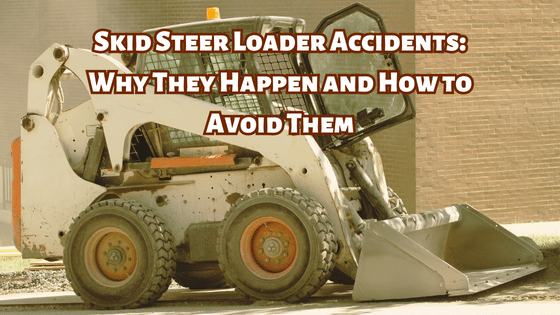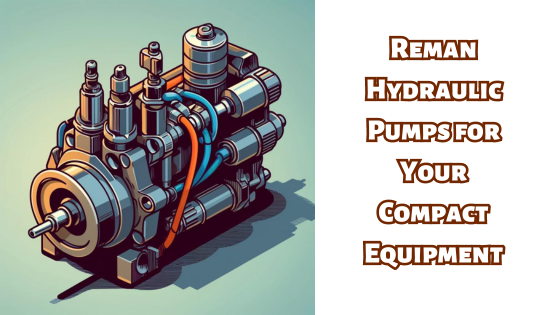Skid Steer Loader Accidents: Why They Happen and How to Avoid Them
Posted by Dr. Sara McCaslin on Aug 22nd 2023
Skid steers are used in so many industries, including construction, landscaping, forestry, and agriculture. However, they can be dangerous if not operated properly! Learn about the most common forms these accidents take, what causes them, and how to prevent them.
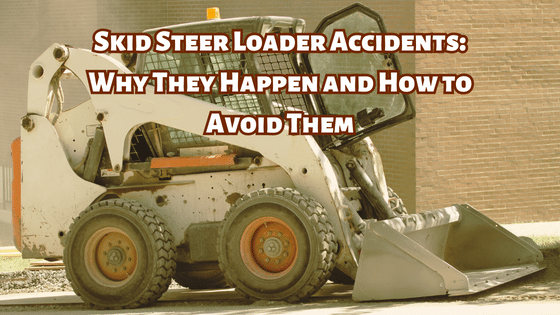
Real Skid Steer Accidents
Accident Summary Nr: 140082.015: At 2:00 p.m. on October 8, 2021, a worker operating a Takeuchi TL 12R2-CRR Skid Steer on an inclined surface. The loader toppled into a pond that was 60-70 feet deep. The worker tragically drowned after being submerged with the machinery.
Accident Summary Nr: 143594.015: At 2:00 p.m. on January 18, 2022, a worker was using a Bobcat S185 Compact Skid Steer Loader to move snow into a Chevrolet 3500 pickup truck. The skid loader tilted forward while attempting to dump the snow with a raised bucket. It hit the truck bed with its bucket, and its front door collided with the truck's side, shattering the loader's door glass. In anticipation of the impact, the worker held onto the window pane's sides. The force caused the loader to bounce back, leading the worker's right hand to slip out, trapped between the window and the truck. As a result, the worker was hospitalized for an amputated right ring finger.
Accident Summary Nr: 118189.015: On March 22, 2019, while a coworker was conducting an oil change on a Bobcat skid steer, another employee was seated on a stool beside it. When the coworker disembarked from the Bobcat, the bucket inadvertently moved, trapping the seated employee between the bucket and a parked vehicle. Another coworker used a different vehicle to free the trapped individual and alerted emergency responders. Sadly, the employee succumbed to his injuries later that day.
Skid Steer Accidents Over the Last Five Years
According to data from OSHA (Occupational Safety and Health Administration), there were over 2,300 skid steer accidents in the United States in 2019. These accidents resulted in 47 fatalities and 1,858 injuries. The table below shows values through this year.
Skid steer accidents have remained relatively stable in recent years, with an average of 2,200 accidents per year from 2019 to 2023. However, fatalities have increased slightly, from 47 in 2019 to 37 in 2023 (YTD).
Types of Skid Steer Accidents
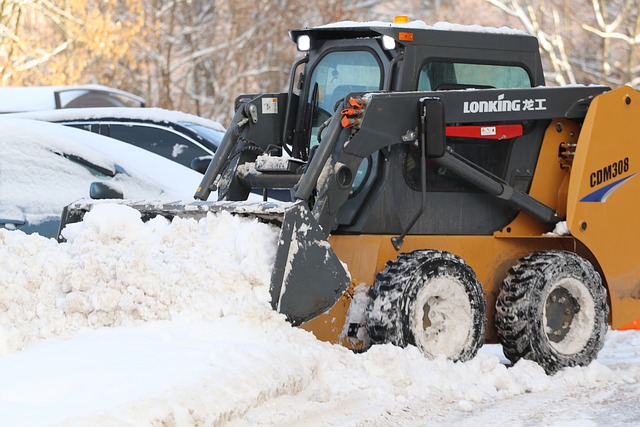
Image provided courtesy Ольга Орехова from Pixabay
The most common skid steer accidents are as follows: falls, struck-by accidents, and amputations. Falls account for about half of all skid steer accidents, and struck-by accidents account for about a third. Amputations are less common but can be very serious and potentially fatal. Accident Summary Nr: 143594.015 is an example of an amputation accident, but fortunately it was not fatal. Accident Summary Nr: 118189.015, also at the beginning of this article, would be classified as a fatal struck-by accident.
Factors Contributing to Skid Steer Accidents
Several factors can contribute to skid steer accidents, including:
- Operator error: This is the most common cause of skid steer accidents: operators must be appropriately trained or follow safety procedures.
- Unsafe conditions: Unsafe conditions, such as uneven terrain or poor visibility, can contribute to skid steer accidents. An example of this is Accident Summary Nr 140082.015 discussed at the beginning.
- Mechanical failure: Mechanical failures can also cause skid steer accidents, but they are less common than operator error or unsafe conditions.
Safety Tips for Skid Steer Operators
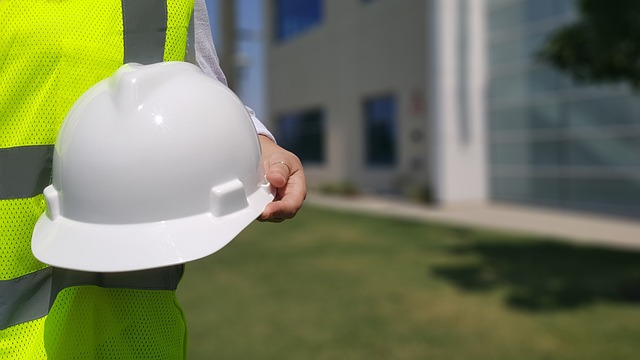
Image by Ziaur Chowdhury from Pixabay
Following safety procedures and being aware of the risks involved is essential to prevent skid steer accidents. Here are some specific safety tips you can follow:
- Get proper training. Ensure you are appropriately trained to operate the skid steer before using it
- Follow all safety procedures, which include wearing the appropriate personal protective equipment (PPE), such as a hard hat, safety glasses, and steel-toed boots
- Be aware of your surroundings. Be mindful of other people and objects in the area while operating the skid steer
- Do not operate the skid steer if you are tired or under the influence of drugs or alcohol
- Keep the skid steer in good working condition
- Ensure the skid steer is maintained correctly and all safety features work properly
- Creating a safe work environment requires proper training, equipment, and supervision
- Implementing safety procedures, such as requiring operators to wear PPE and to follow safe operating practices
- Conducting regular inspections of skid steers to identify and correct potential hazards
- Enforcing safety rules and regulations
Conclusion
Here at Texas Final Drive, we want to keep you safe -- that's why we share articles like this and the one about skid steer lift arm supports.

